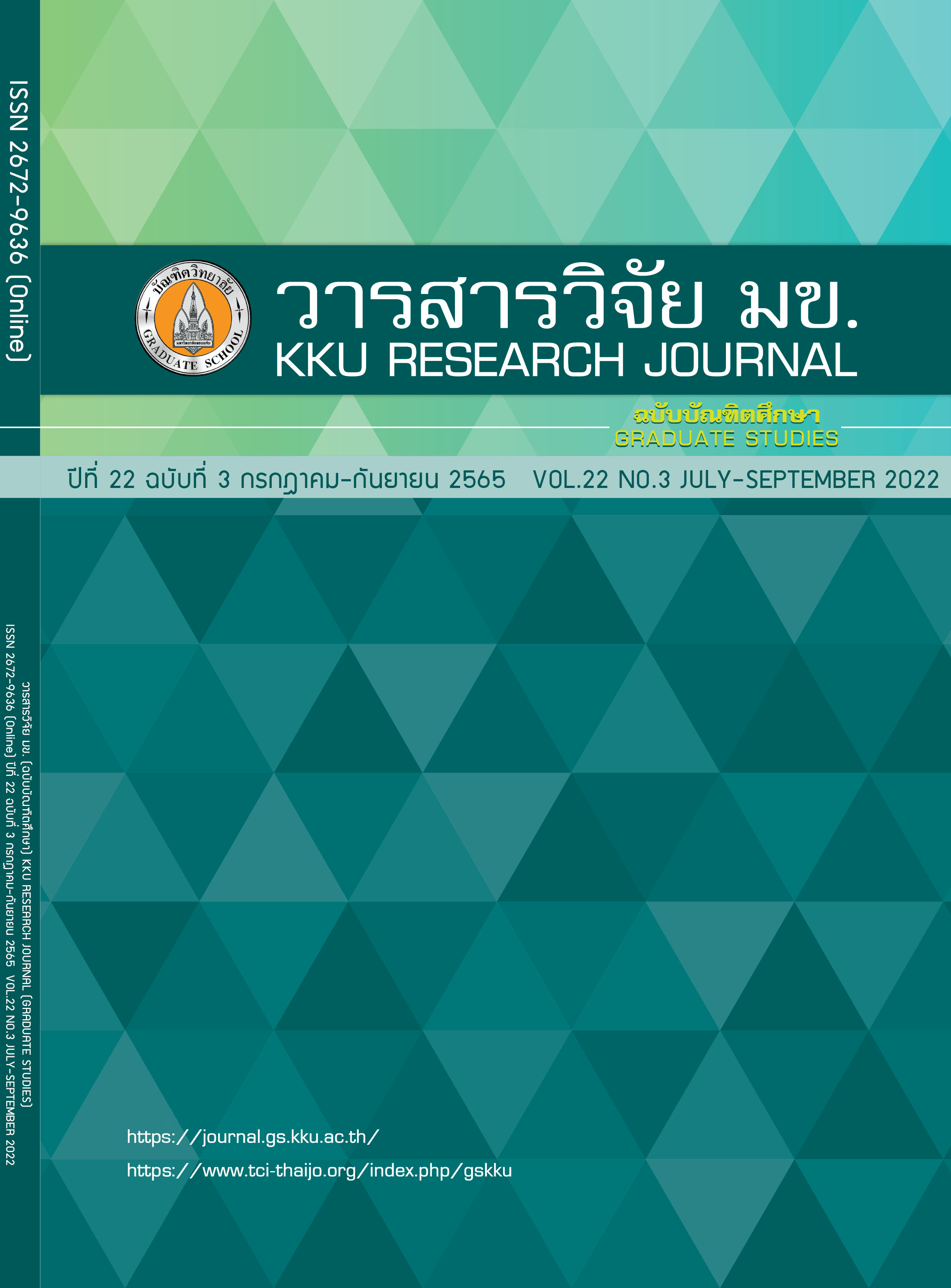Optimal Condition of Metal Plating Process for Reducing Defect in Process by Design of Experiment
Keywords:
Plating process, Design of experiment, Fractional factorial designAbstract
This research aims to find the factors affecting the production process and the optimal conditions in setting the appropriate manufacturing factors. In reducing the plating process defect, it was found from the case study that, 4.52 percent of the thicknesses did not meet the manufacturer’s standard. From the manufacturer study result, it was found that there were 5 factors involving in the processes; Current in plating process, Current in Electro deflash process, Time in Electro deflash process, Water pressure in water jet cleaning process and Conveyor speed in water jet cleaning process. This research employed fractional factorial design to analyze the factors affecting the specimen thickness in plating process. The significant factor was PL current. The experimental results for finding the optimal condition in the manufacturing process shown that Current in plating process at 5 Amp., Current in Electro deflash process at 60 Amp., Time in Electro deflash process at 30 Sec., Water pressure in water jet process at 2.0 Bar and Conveyor speed in water jet process at 40 Cm./Minute give the average plating thickness of 10.66 µm. 3,000 specimens were produced according to the optimal condition. There was no defect associated with specimen thickness occurred and reduce time by 1,084 minutes per month when there is no defect in the process.
References
The Office of Industrial Economics. The impact and direction of the industry after the spread of COVID-19. Direction industry after COVID-19. 2020. 1-4 p.
Singtanasarn P. Increasing the competitiveness of the canned food export business and dried food export business in Thailand using the resource-based theory. Journal of Economics and Management Strategy. 2019; 6(1): 103-117. Thai.
Laopawatchai P, Jarutirasarn P. Increasing efficiency of performance process electronic part, study by ABC company. Journal of Management and Marketing. 2016; 3(1): 142-155. Thai.
Mekboon S, Plongmai J. Defect reduction in metal parts production process. Kasem Bundit Engineering Journal. 2016; 6(1): 91-106. Thai.
Sumali W, Kanchana R. Defect reduction in mobile phone display component assembly process by applying the design of experiments. Engineering Journal Chiang Mai University. 2018; 25(1): 156-165. Thai.
Knight KL. Study/Experiment/Research Design: Much More than statistics. Journal of Athletic Training. 2010; 45(1): 98-100.
Antony J. Design of Experiments for Engineering and Scientists. 2nd ed. London: Elsevier Ltd; 2014.
Visedmanee J, Khadwilard A. Analysis of factors affecting the volume of lemongrass oil from distiller by experimental design. RMUTP Research Journal. 2017; 11(1), 34-42. Thai.
Capetillo A, Ibarra F. Multiphase injector modelling for automotive SCR systems: A full factorial design of experiment and optimization. Computers and Mathematics with Applications. 2017; 74(1): 188-200.
Cacua K, Buitrago-Sierra R, Herrera B, Chejne F, Pabon B. Influence of different parameters and their coupled effects on the stability of alumina nano fluids by a fractional factorial design approach. Advanced Powder Technology. 2017; 28(10): 2581-2588.
Jaturanonda C, Phiphatthananan P, Wuttipornpun T.White Stain reduction in electroplating process of Flexible printed circuit board by using design of experiment. The Journal of KMUTNB. 2018; 28(2): 291-298. Thai.
Lorza R, Calvo MAM, labara CB. Using the multi-response method with desirability functions to optimize the zinc electroplating of steel screws. Metal. 2018; 8(9): 711.
Mayer RM, Montgomery DC, Anderson Cook CM. Response Surface Methodology: Process and product Optimization using Design Experiment. 3th ed. U.S.A: John Wiley & Sons Inc; 2009.
Montgomory DC, Runger GC. Applied Statistics and Probability for Engineering. 5th ed. USA: John Wiley& Son; 2011.
Sabry I, El-Kassas AM, Mourad AHI, Thekkuden DT, Abu Qudeiri J. Friction stir welding of T-Joints: experimental and statistical analysis. Journal of Manufacturing and Materials Processing. 2019; 3(2): 38.
Giwa A, Adeyi AA, Gaiwa SO. Empirical modelling and optimization of PAME reactive distillation process using Minitab. International Journal of Scientific & Engineering Research. 2015; 6(6): 1-12.
Awapark D, Mahae N, Pichairat D. Optimization of polysaccharide extraction from gracilaria fisheri using response surface methodology. KKU Science Journal. 2013; 41(2): 414-430. Thai.
Montgomery DC. Design and analysis of experiment. 7th ed. U.S.A: John Wiley & Sons Ltd; 2009.
Downloads
Published
Issue
Section
License
Copyright (c) 2022 KKU Research Journal (Graduate Studies)

This work is licensed under a Creative Commons Attribution-NonCommercial-NoDerivatives 4.0 International License.



